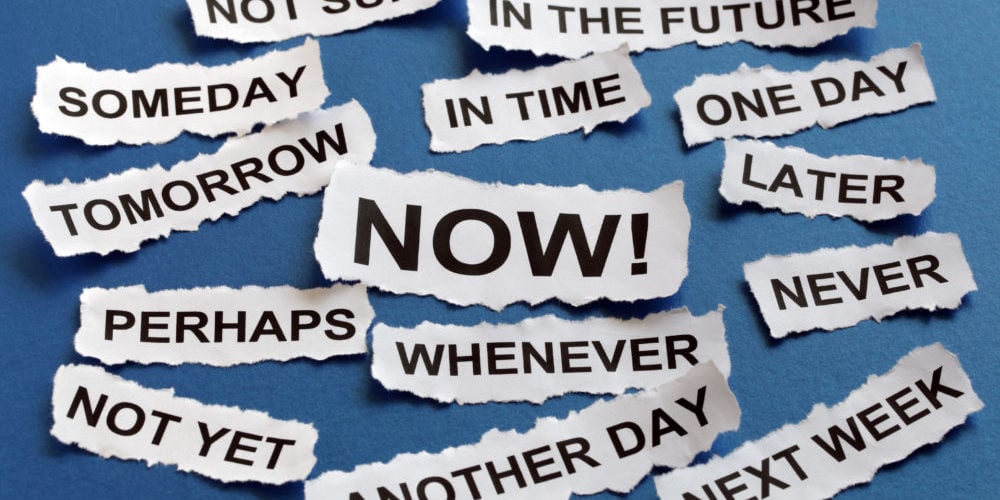
If there’s one thing that led to exponential growth in my personal life and at AE, it’s being young and Asian.
Hence, Asian Efficiency.
In all seriousness, it’s a new thinking tool I’ve learned about two years ago that I want to share with you today that will change your productivity game. It’s called Thinking Time.
I learned this from various people such as Keith Cunningham (business coach with net worth in hundreds of millions) and other entrepreneurs in my circle. As the name implies, it’s time carved out for thinking. It’s one of the most powerful tools you can have to solve problems and I attribute my biggest wins of the last 12 months to it.
For example, in the trailing year I’ve been able to:
- Go to Tokyo for two weeks, completely disconnect from the business and when I came back we generated more revenue than when I left.
- Buy my dad a business class flight to Vietnam so he could see his parents when they got sick.
- Every week on Saturday I either get a massage/cupping, acupuncture or a float tank session to take care of myself.
- Hire my first executive assistant to help me day-to-day and free up time.
None of these were possible before until I started implementing Thinking Time. This tool took my Productivity Score to new heights (take the quiz to see what’s yours).
As you might notice, a lot of my things on the list “cost” money. Thanks to Thinking Time I’ve been able to leverage my time much better which resulted in making more money that I’m reinvesting in either myself or the business.
Being Asian Efficient gives me the opportunity to reach my goals faster and with higher success rate. This is what I’ve been obsessed with all my life. How can I get things done faster? How can I guarantee that I get what I want? How can I build something to make my life easier and more convenient?
And most important of all, what will make me happier?
As I like to say, happy people are productive people.

And here comes the big challenge when you start optimizing your life: we ignore the time to think about what’s actually important on a regular basis.
As life gets busier, that’s when we need Thinking Time the most. That’s when we need to be able to take a step back and actively think about what we’re doing next and how we should make adjustments.
I’m not talking about doing a weekly review and following a checklist of things you have to monitor.
Thinking Time is a very creative process where you start from scratch every single time and question everything you know.
Don’t confuse this with reflection. Lisa, one of our Dojo members, put it like this:
“Reflection is looking backward whereas thinking is about looking forward.”
Well said, Lisa.
(You might recognize her as one of our star students of Escape Your Email. She used to spend 7 hours/day on email and after taking our course, she freed up over 6 hours. Here’s her case study.)
When you’re going for a walk or sit still on the couch, that’s reflecting. When you let your mind wander, that’s reflecting.
Thinking is very different. It’s when you try to solve a challenge or problem and need long thinking time periods to come up with a solution. You need to be in a distraction free environment so you can let your brain go at the problem at full speed. It is not doing a Google search on how to do or fix something. It is about truly understanding your problem and coming up with ways to resolve it.
What you’ll often find is that the problem you’re facing is actually not a problem, but a symptom. This is something I’ll clarify with you on podcast episode 162 of The Productivity Show that’s coming out in about a month but here’s a simple example.
A lot of Asian Efficiency readers come to us with procrastination problems. They just can’t seem to get started on important stuff even though they know they should be doing it. Ever been in that situation too?

They think the problem is “procrastination” but in reality, procrastination is a symptom. It’s the symptom of a lack of clarity. When you have absolute clarity around your goal and/or vision, procrastination rarely manifests itself.
If it’s not lack of clarity, it’s usually related to energy. This could be a diet or sleeping problem. One time I had a client who blamed his chronic procrastination for always missing his goals. As soon as he told me that, I knew right away that procrastination wasn’t the real problem. I suspected “procrastination” was a symptom of something else.
After digging deeper, what I found was that he had poor sleeping habits. The guy was sleeping 4–5 hours a night and always cranky in the morning. When you don’t get enough sleep, the most common symptoms of that are procrastination and getting easily distracted.
When I told him that we would work on his evening ritual, he immediately pushed back. “Thanh, why would I need to do this? This doesn’t help me get this important work done.”
After explaining to him the thinking behind it, he was open to trying it out. He put his evening ritual in place, started sleeping on time and getting a good 7–8 hours in every night. A few days later when I checked-in with him, he was a changed man.
Procrastination wasn’t an issue anymore. He now had the energy to take on the important stuff he needed to focus on. We eventually got there because we didn’t address the symptom but fixed the root problem.
(And if you’re curious about how to get better sleep, we have an audio program on that.)
I could have easily taught him the Eat That Frog tactic or my favorite anti-procrastination technique, and it would it have helped him. But it wouldn’t fix the real problem. It was a band-aid solution.
(As a side-note: as a teacher and coach, I will often give these solutions to people to give them momentum while we’re addressing the root problem at the same time. By the end of it they’ll have the real problem fixed and new tools they can use whenever the symptom comes up in the future.)
Don’t get me wrong, the quick tactics and techniques work. I still use them every now and then whenever I’m procrastinating and I need to get something done. I’ll use one of the tactics outlined in our Finisher’s Fastlane course as a band-aid.
In the back of mind, I also know that I either need to address the clarity around my work or look at what’s wrong with my energy. Especially if it happens more than 3 times. That’s when the 3 Times Rule will kick in that we teach in our courses. When something happens more than 3 times, it’s a sign of a systemic error so we need to address it at its core.
I hope by now you realize that a lot of things you deal with on a daily basis aren’t really problems. They are symptoms. After spending hundreds of hours on Thinking Time, I can tell you that all the “problems” I thought I had weren’t really problems.
Now that I have this powerful tool, I feel like Neo in The Matrix. I can see with clarity what’s happening with other people and myself, I can take a step back and analyze what the right, productive move is going forward. It’s kind of like being able to catch yourself on a cognitive bias before it kicks in and derails you.

If you think you have a problem…think again.
I’ll bet you my precious MacBook Pro that it’s not a problem but a symptom.
Once you have clarity and confidence that you have found the root problem, coming up with a solution is the easy part. It’s just the process of getting to the real problem is hard.
I’ll walk you through a process on this in episode 162 on our podcast The Productivity Show that’s coming out in a month. I’m also finalizing a mini-course on this in the Dojo, our private community and training library, that will come out soon.
For now, here’s what you can do.
- Write a list of 3 problems you have that you want to have addressed.
- Accept that each problem you wrote down is a symptom. It’s not the real problem but a symptom of something else.
- Spend 15 minutes thinking about what the root cause might be for one of your problems. What is it that generates the symptom?
- Keep questioning every assumption that comes up until you can’t anymore. That’s probably what the real problem is.
- What can you do to address the real problem?
Give it a try right now. I’m confident that you’ll uncover a lot of things you’ve never thought of.
If you want to make sure you get the podcast episode on Thinking Time, subscribe to the podcast right now. Open up your podcast app, search for “the productivity show” and subscribe right now. In case you’re wondering, my favorite podcast app is Overcast.
Update: the podcast episode is now live.
Next week I’ll show you how I plan my week. This is a system I’ve been fine-tuning over the last 12 months as my work has changed at AE from creator to CEO. If you’ve ever wondered how a CEO plans a week, stay tuned. It’s very atypical but you’ll get to see the behind-the-scenes of my planning system that allows me to have time freedom and finish every day at 5pm (without any stress).
